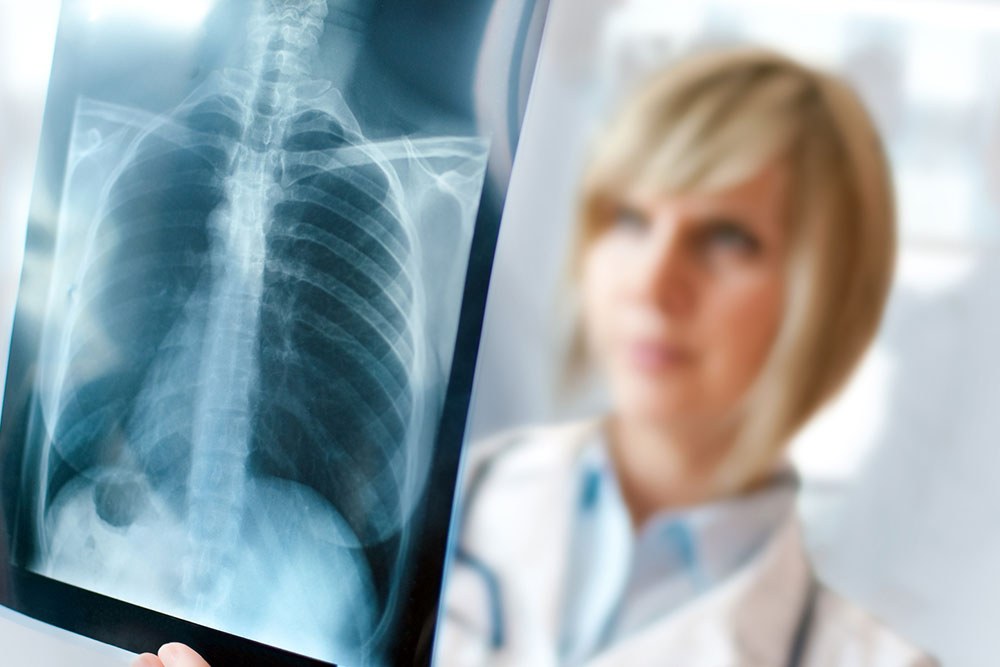Signs and symptoms that may indicate lung diseases

Recognizing the subtle yet vital signs of lung diseases like COPD (Chronic Obstructive Pulmonary Disease), MAC (Mycobacterium avium complex) infections, and asthma is essential for early diagnosis and effective management. This article delves into the various warning signs of these conditions, shedding light on the symptoms that should not be ignored. Understanding these indicators can empower individuals to seek timely attention, ensuring better lung health and an improved quality of life.
Possible causes of lung disease
Environmental factors, such as constant exposure to air pollutants, allergens, and occupational hazards, may trigger conditions like asthma and pulmonary fibrosis. Infections, including tuberculosis and pneumonia, can also lead to lung diseases. Additionally, genetic factors play a role in conditions like cystic fibrosis. Furthermore, pre-existing health conditions, such as autoimmune disorders, can play a part in the development of lung diseases. Recognizing these diverse triggers is vital for comprehensive prevention and management strategies.
Symptoms of lung diseases
The signs and symptoms of lung diseases encompass a broad spectrum of respiratory issues that can significantly impact an individual’s health and well-being. From chronic conditions like COPD and asthma to infections such as MAC, each presents its own set of distinctive indicators, often warranting timely attention.







